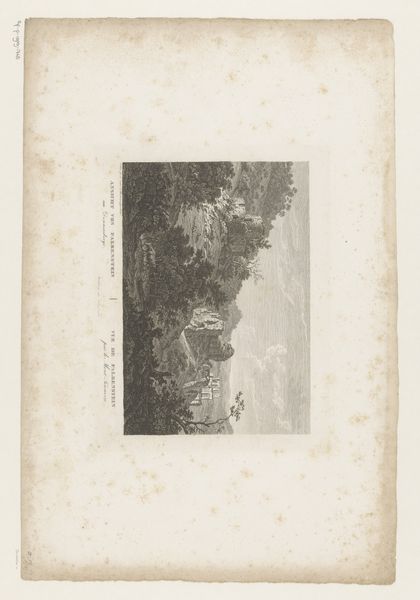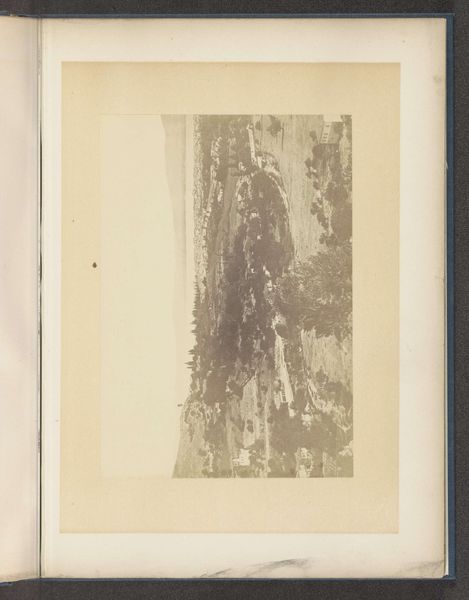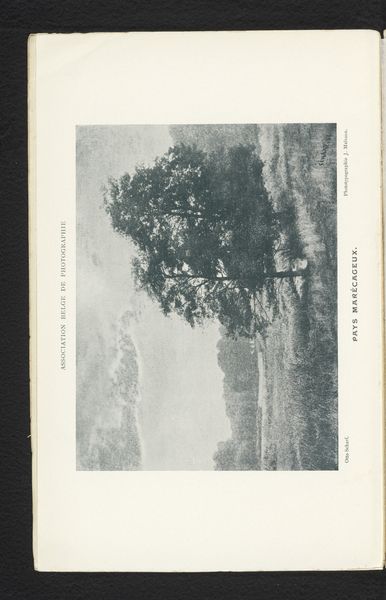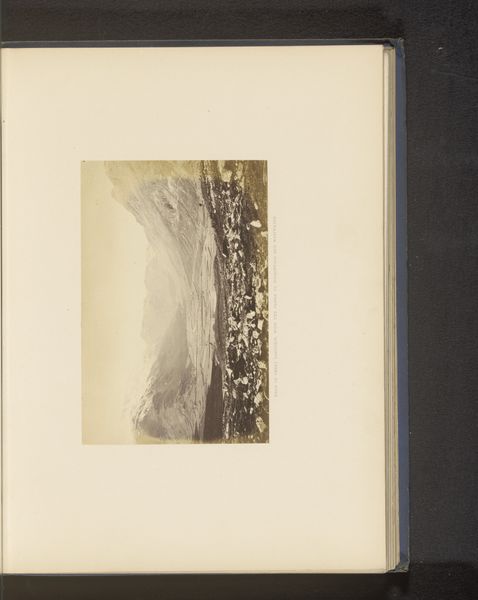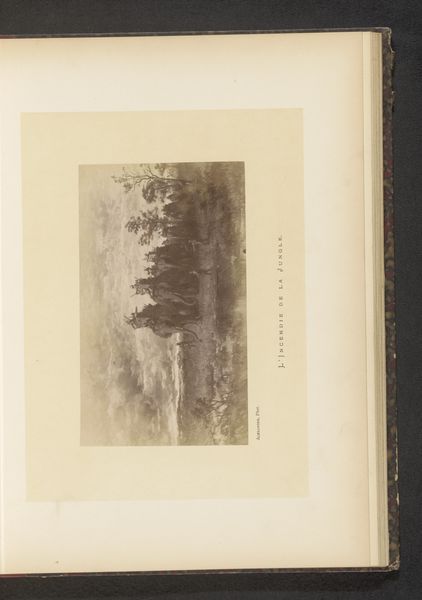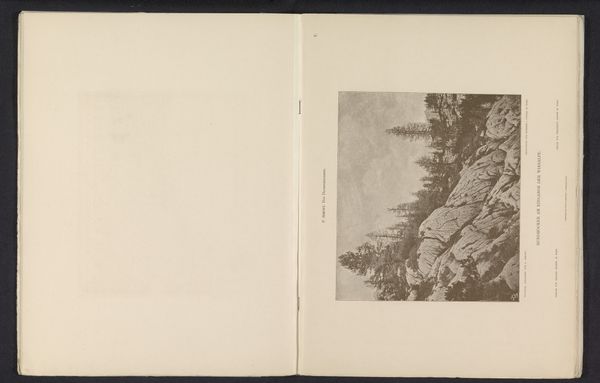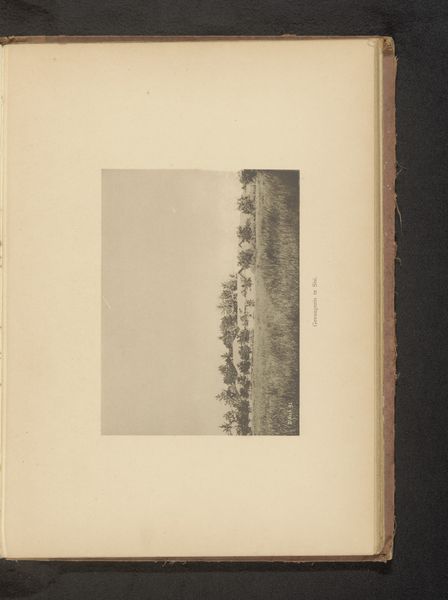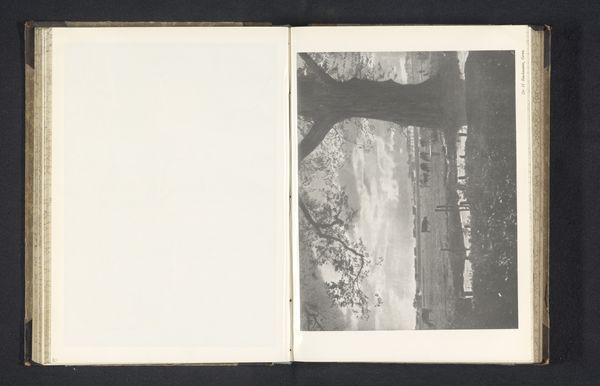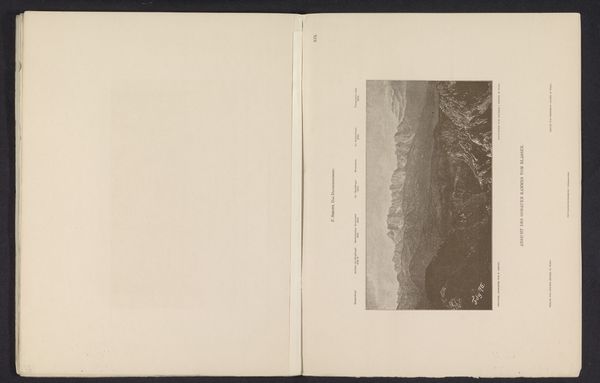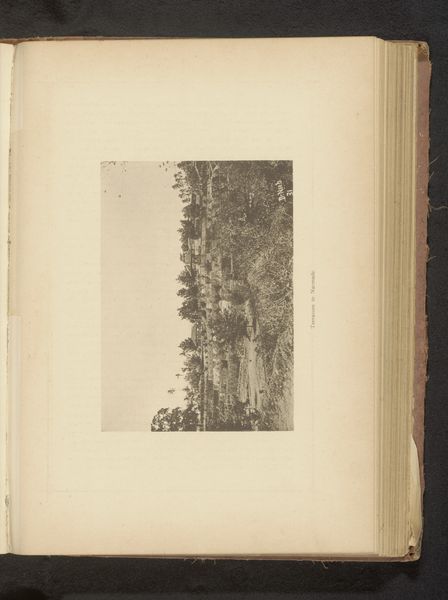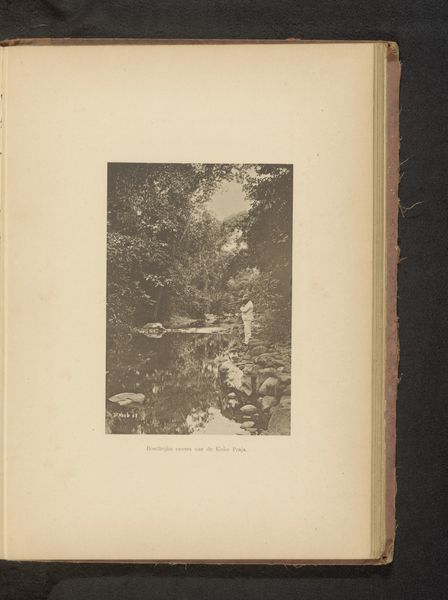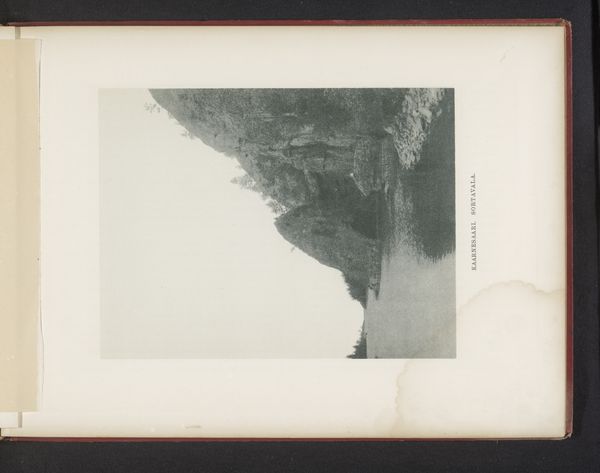
photography, gelatin-silver-print
#
aged paper
#
homemade paper
#
paperlike
#
light coloured
#
sketch book
#
landscape
#
personal journal design
#
photography
#
personal sketchbook
#
folded paper
#
gelatin-silver-print
#
paper medium
#
design on paper
Dimensions: height 290 mm, width 277 mm
Copyright: Rijks Museum: Open Domain
Kazumasa Ogawa captured this view of Matsushima in a photograph, likely around the late 19th century. The scene presents a series of islands, their forms softened by mist, rising from the sea. These islands are not merely landmasses; they are echoes of the floating world, Ukiyo, a concept deeply embedded in Japanese art and spirituality. This recalls earlier depictions of the natural world, which served not just as landscape, but as a gateway to philosophical reflection and enlightenment. Think of the Taoist fairylands, or Horai, a mythical, arcadian land often symbolized by rocky islands. The motif of islands emerging from the sea transcends geographical and temporal boundaries, recurring throughout the history of art and human imagination. These are the Fortunate Isles of Celtic myth, or the paradisiacal islands of the Pacific. In each iteration, the island becomes a powerful symbol of hope and renewal. They are imbued with a sense of longing, a yearning for a return to a primordial, unspoiled state. This cyclical progression reflects our collective memory, continuously resurfacing across cultures.
Comments
No comments
Be the first to comment and join the conversation on the ultimate creative platform.
